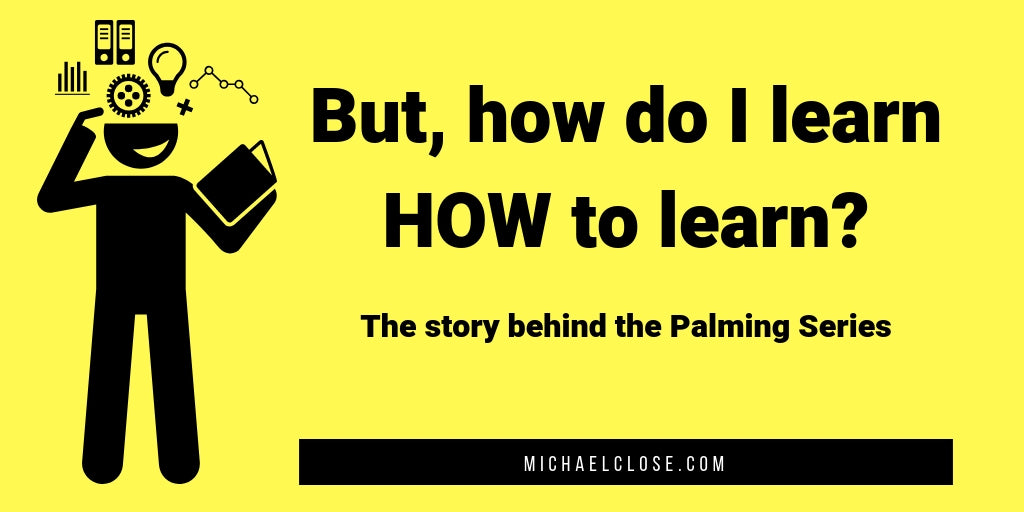
The Story Behind the Palming Series
Looking back on the skill sets I’ve used to make a living during my life (magic, jazz piano, writing/editing), I realize that most of what I know about those subjects I figured out by myself, without any formal training. I did have an excellent high school English teacher my senior year; I received degrees in music theory and composition; and my time spent with Harry Riser was invaluable. But I grew up isolated in a farming community in the middle of Indiana; books were my mentors, and I studied everything I could get my hands on. As I absorbed that information, I was also unconsciously absorbing the process of learning how to teach myself the information.
My father provided inspiration as I did this. He came from industry, and for twenty-two years he taught in the mechanical engineering technology department at the Purdue campus in Indianapolis. His great gift was as a teacher; he understood how to break down information and impart it effectively. I learned from his example.
Just because someone does something well doesn’t mean that person can explain the process. I found this especially true in the case of jazz musicians, who often simply play what they hear. They can do it, but they can’t tell you how to do it. More important, they can’t break it down so you can learn how to do it.
When I first began lecturing for magicians, I was extremely dissatisfied with my efforts. Chuck Fayne took me aside after one lecture and said, “You’re unhappy with your lecture, aren’t you?” I said I was. “That’s because you’re trying to teach,” he replied. “Don’t teach. Demonstrate and explain.” This wasn’t advice I wanted to hear, but considering the wide range of skill, knowledge, and experience, and the variety of areas of interest found in the average magic club, Chuck was correct in his assessment. I modified my approach to lecturing while realizing that, at heart, when I speak in front of a group of people, I am a teacher. I want to do more than give you information; I want to impart that information in such a way you can put it into practice in your own performances.
For the most part, magic books explain how to do something; they do not explain how to learn how to do something. I wanted to take an aspect of sleight of hand I knew well (in this case palming in its various forms) and provide a step-by-step method for learning it. In other words, I wanted to create a pedagogical method for learning to palm playing cards, similar to the method books (like Hanon and Czerny) that are available for the piano and other musical instruments.
My first attempts to provide this information were a brief chapter (“On Palming”) in Workers 3 and an ebook on the faro shuffle. The palming information was later expanded into three ebooks covering the bottom palm, the top palm, and the side steal. (Incidentally, the ebooks should be studied in that order.)
The first of the palming ebooks was released in 2006. We have now released it in a format matching our other ebooks (Palming Volume One - The Bottom Palm & Gambler's Cop). This means you will receive both an EPUB file (perfect for reading on a tablet) and a PDF file (perfect for desktops, laptops, and printing). The combination of text, photos, and video provides training second only to personal instruction.
The ability to palm adroitly is one of the cornerstones of competent card handling. It is not as difficult as you might assume, especially if you have the proper information, which this ebook provides.
Heading
+29.000 people love our product

Leave a comment